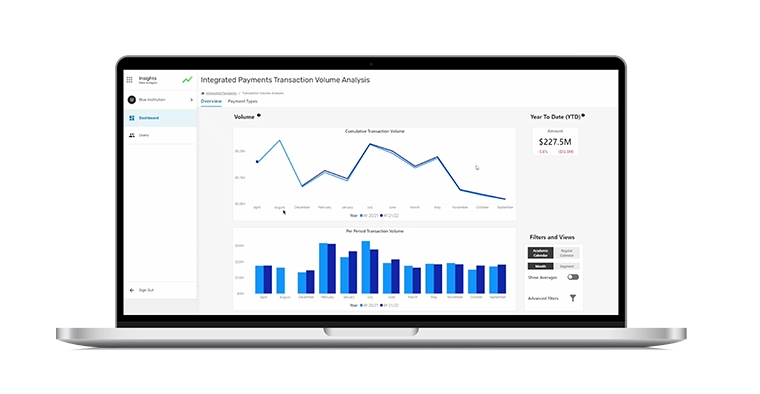The EmoryCard program began in August 1991 with the distribution of the initial 10,000 cards. Since then the database has grown to 50,000 cards and the system includes more than 300 card readers with a new initiative to incorporate biometric technology underway.
Emory is a liberal arts college located in Atlanta with a second campus, Oxford College, located 38 miles east of Atlanta. Approximately 11,300 students are enrolled in Emory’s nine schools. In addition to these student numbers, Emory has 2,500 faculty members and 5,000 staff.
General Meters Corporation (GMC) of Colorado Springs, Colorado, has been Emory’s vendor since the program’s inception. Dave Siegel, Director of EmoryCard program, states “it has been a very excellent relationship; they are extremely responsive, creative, and progressive.”
In addition to being the official photo identification card of the university, the EmoryCard offers a variety of access, debit and deposit services:
The EmoryCard incorporates three separate accounts. The Meal Plan Account and A La Carte Account are offered to students while the Plus Account is offered to both students and employees. The Meal Plan and A La Carte Accounts are prepaid at the beginning of the semester and then the number of meals is placed on the card along with a cash value that is used in Campus Dining facilities.
The cash value on the A La Carte account is not refunded so students are encouraged to use all of it each semester. The Plus Account is a supplement to the A La Carte Account when the cash value has been exhausted. The Plus Account is the primary account for all other debit functions on campus and one off campus merchant.
Students and employees can add money to the Plus Account at the card office Monday thru Friday or anytime at one of the 10 deposit machines located throughout campus. This value is credited instantly to their account. This semester online credit card deposits will also be available.
Domino’s Pizza is EmoryCard’s first off campus merchant and there are plans for more to come. According to Siegel, “increasing the number of off campus merchants offers students more options and opportunities to use the funds on their cards.” He added that it is also generates revenue for operating expenses incurred by the card office during ongoing operations.
Biometrics meet a specific need on the Emory campus
This month, biometric hand geometry terminals will be added to the program to control access to certain student activities facilities. General Meters Corporation (GMC) selected a third party, IR Recognition Systems, to provide the readers. GMC is writing the interface and they are about 75% complete. Ronda Gottlieb, Vice President GMC, said that hand geometry readers were chosen over other types of biometric applications because “hand readers are not physically intrusive, unlike retinal readers. They are more accurate than face readers, and offer a proven technology as well as an ease of operation in unattended locations that other biometric devices might not afford.”
When asked how they selected IR Recognition Systems, Gottlieb replied “they are a quality manufacturer with a proven product, an excellent reputation, and they have been operating for a number of years. Like General Meters, they are service oriented, and they have the capability of interfacing with the University One Card System currently in place at Emory.”
Emory is the first campus to have the biometric hand terminals implemented thru GMC. GMC added this application at the campus’s request. Gottlieb said “the upcoming installation of biometric hand readers on the Emory campus as part of the General Meters University One Card System will be another avant-garde step taken by this campus. Emory has continuously been on the cutting edge where campus card usage is concerned.”
In this case a code will be keyed in on the keyboard and the hand print read to validate the person before allowing access to the location. The biometric component will be integrated into the system’s existing software and reports. Once the hand is read and validated, the same procedure used during a normal ID card authorization is followed to verify the exact days and times that person is authorized for access. Assuming the time is correct, the access is allowed. If the validation is not confirmed, access will be denied.
What triggered the decision to turn to biometric technology? The new Clairmont Campus student activity center offers an outdoor swimming pool and tennis courts. Adding the biometric hand readers means students won’t have to carry their cards around, fulfilling a request made by Housing Management. The terminal scanners will allow entrance to the facilities via a turnstile–initially seven terminals will be implemented. Siegel claims, “New technology with respect to the campus has generated a great deal of interest because it is adding another access control option where a card may not be the first choice for a particular location.”
Thanks to Dave Siegel for his help in the preparation of this article. He can be reached by email at dsieg02@emory.edu. General Meters can be found on the web at www.1card.com.





Notifications